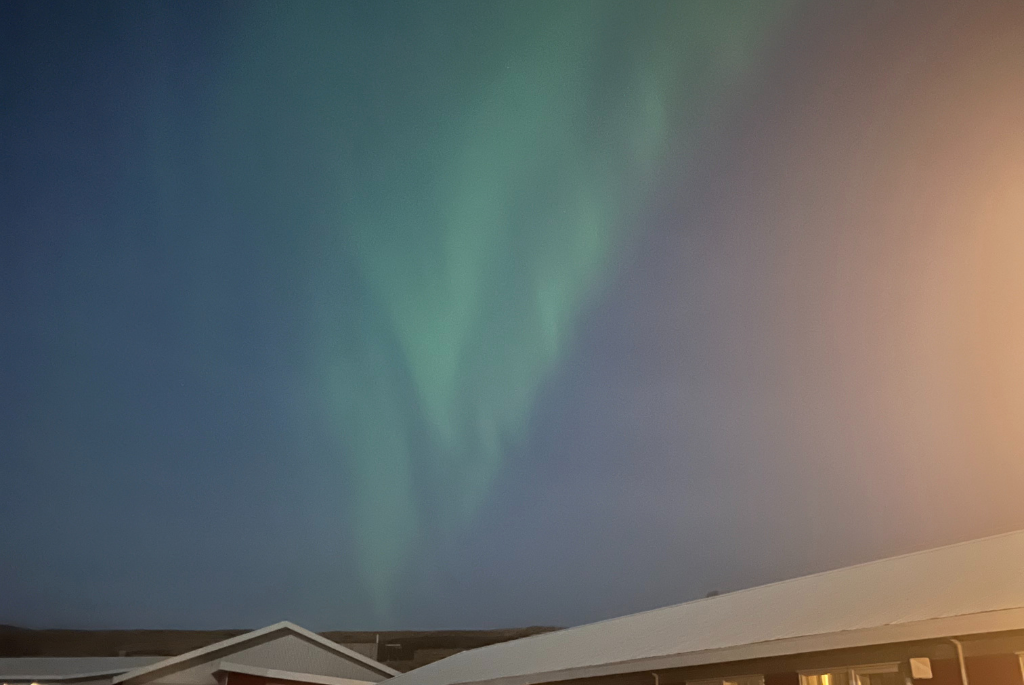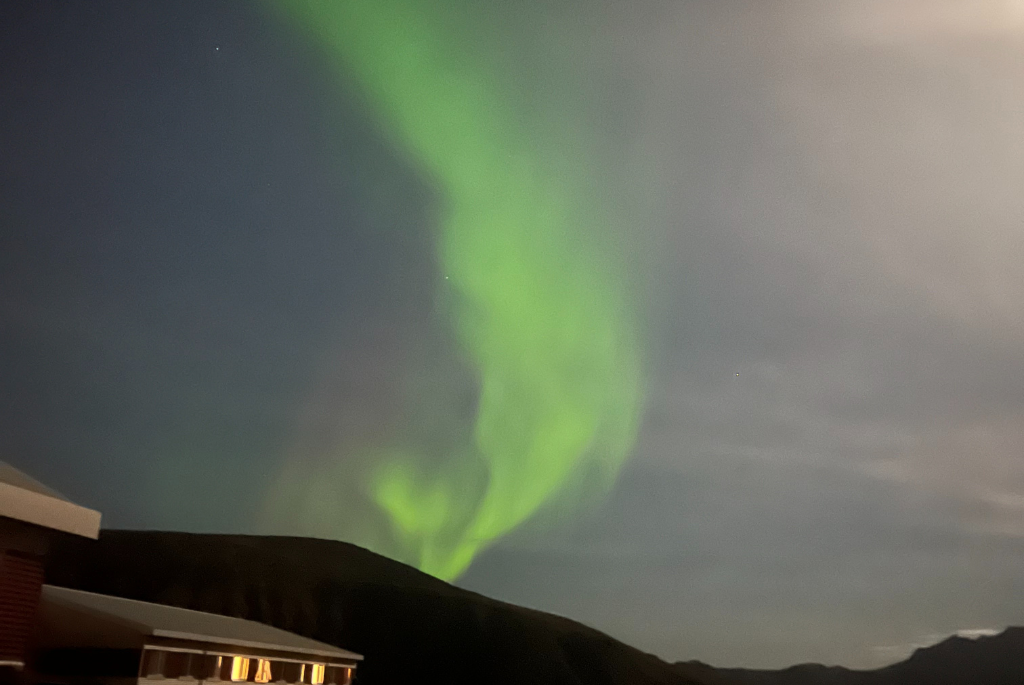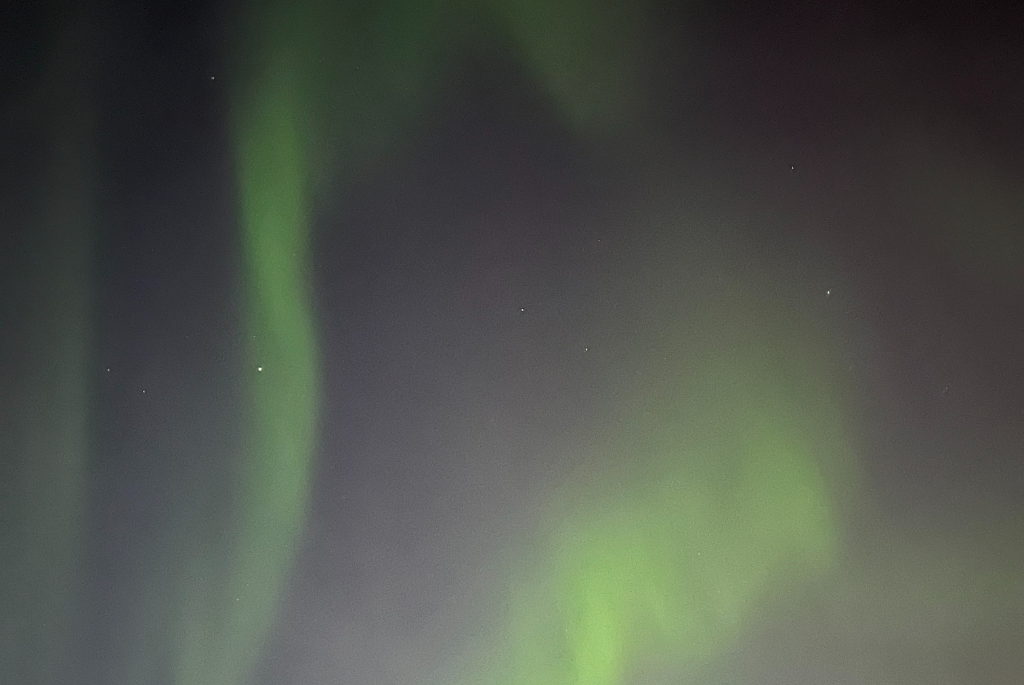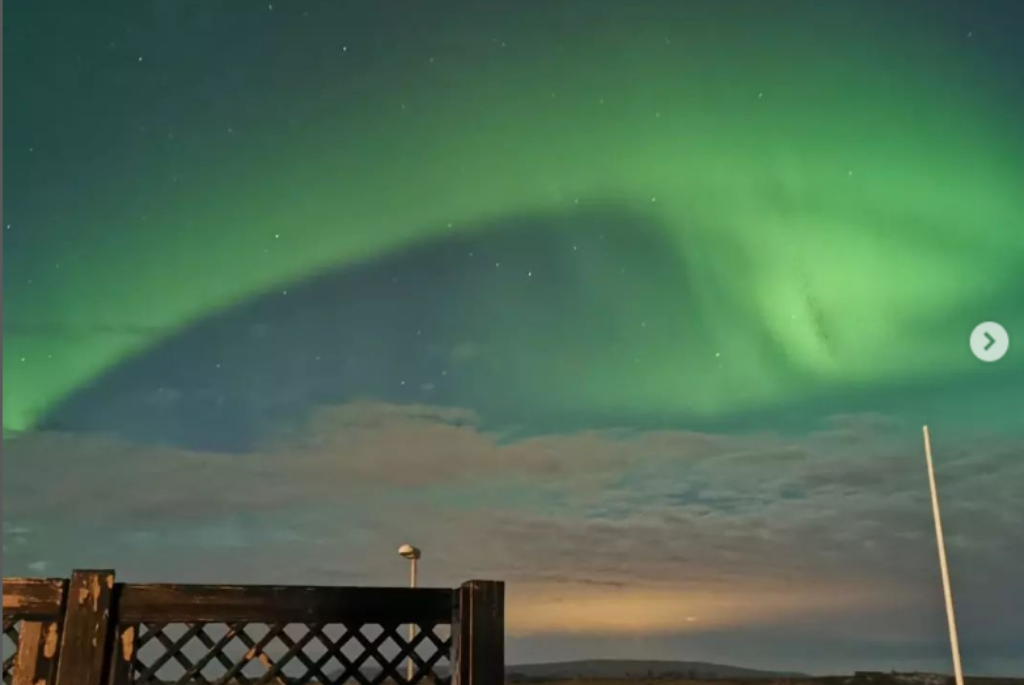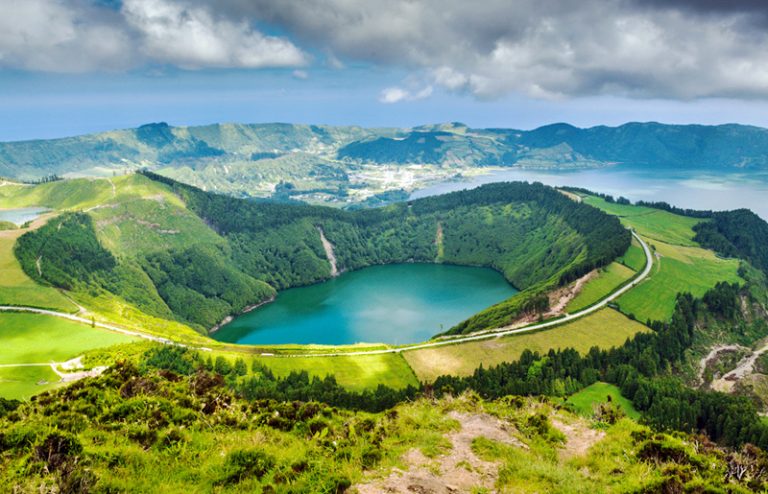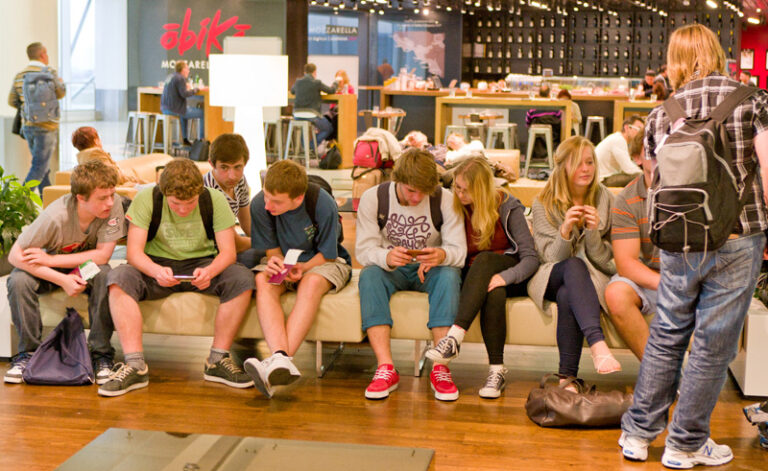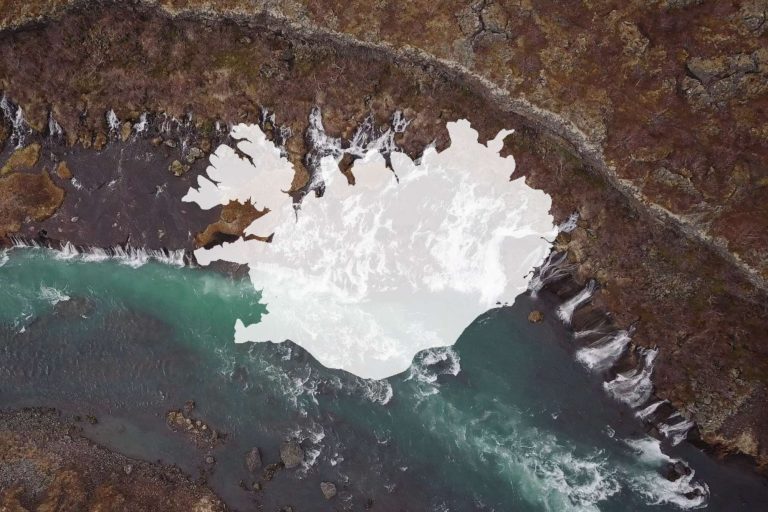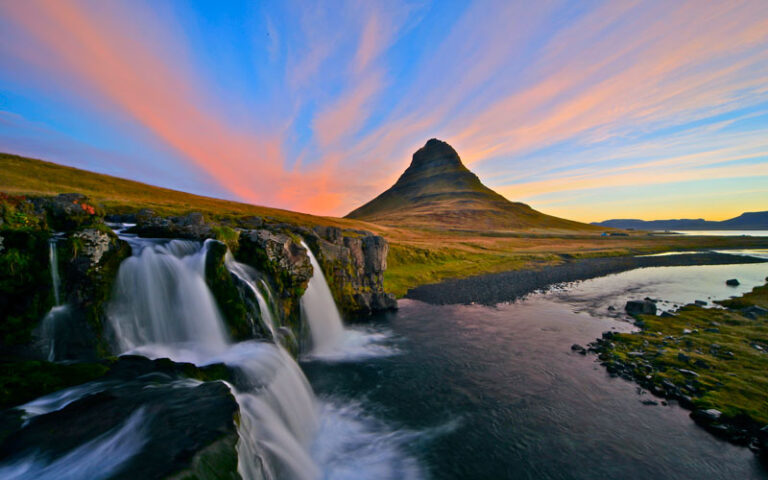Iceland: Where to see Northern Lights A guide for 2024
The aurora borealis is fickle.
They are only visible under certain circumstances, at particular times and with strong enough solar activity.
The good news is that scientists predict that solar activity is increasing this year, so 2024 is a great time for northern lights hunting.
If you want to see the northern lights in Iceland, some planning can increase your chances.
Here’s our guide to spotting the northern lights.
The best time to see the northern lights in Iceland
To witness the northern lights in Iceland, you need patience and luck. You can, however, maximise your chances of seeing the aurora borealis by visiting Iceland at the following times.
Dark skies offer the best chance to see the northern lights, so the best opportunities to see them are between September and April. The night sky is darkest between November and January in Iceland.
During the Icelandic winter, particularly around January, there are only 4-5 hours of daylight, meaning you could catch the aurora borealis from late afternoon until noon the following day.
Key points
- The best time to see the northern lights is between September and April
- Dark skies are best for aurora sightings
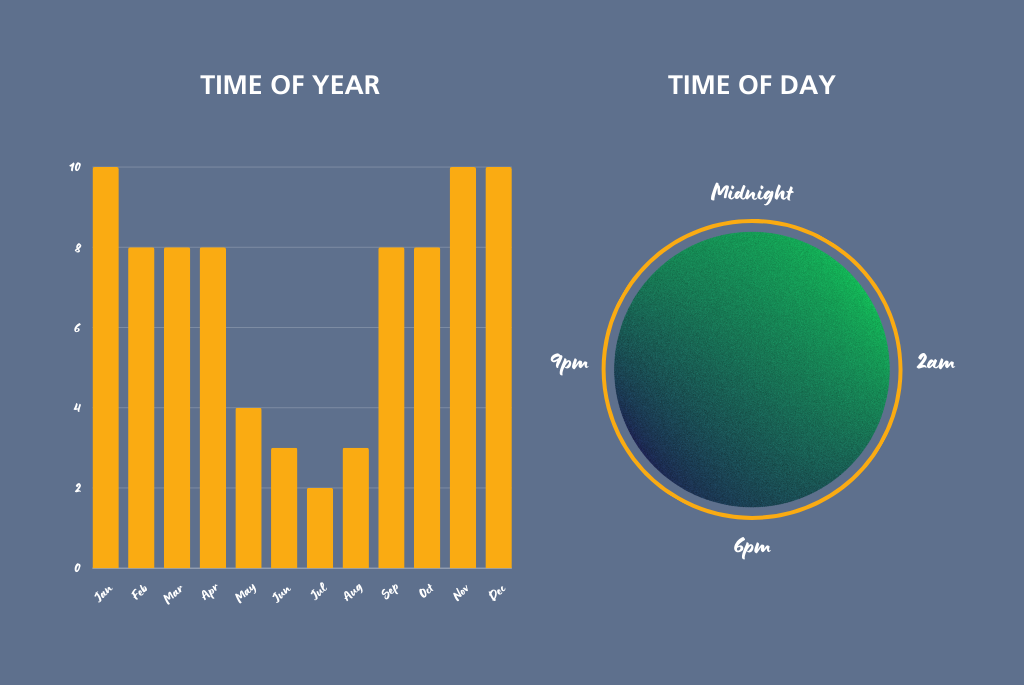
The best conditions to see the northern lights in Iceland
As magical as the northern lights are, they’re unpredictable. The aurora borealis happens under certain circumstances, even then it may not be visible.
These are the best conditions for your northern lights hunt:
Strong solar activity
The Earth’s magnetic poles form an invisible shield that protects us from solar winds. Sometimes, the wind gets stronger and penetrates the Earth’s magnetic field.
The particles interact with the gases in the magnetic field which creates amazing auroras.
However, when the solar activity decreases, the auroras become less intense. This is why the best time to see the northern lights in Iceland happens around the winter solstice.
The northern lights appear whenever solar activity occurs, but you can only spot them when it’s dark enough. You’ll notice northern lights tours run in the winter months, this is because the Icelandic winter offers the darkest skies.
Dark skies
Even if there’s strong solar activity, the aurora borealis may not be visible. To see the northern lights, the sky must be dark.
During winter, the northern lights may be visible from late afternoon to around 9 am. However, due to the earth’s atmosphere, rotation and magnetosphere, the lights are most visible between 9 pm and 2 am.
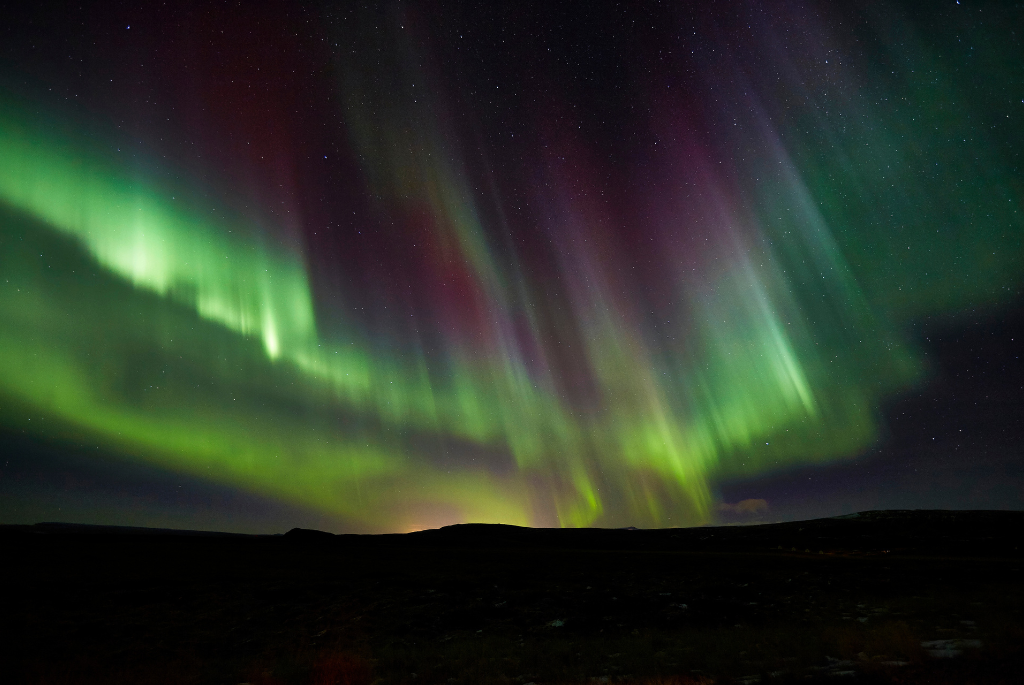
Clear skies
As well as dark skies, the less cloud cover there is, the better your view of the northern lights will be.
You can check the Icelandic Met Office northern lights forecast which shows cloud cover over Iceland. Also, look at the KP index showing solar activity ranging from 0 (very low) to 9 (very strong).
Low light pollution
All lights dim the aurora borealis (even a full moon could ruin the show) so if you’re staying in Reykjavik, the city lights could spoil your view.
The best views of the northern lights are in the countryside where there’s less light pollution. For the best chance of spotting the lights, book a night’s accommodation further away from the city.
If you’re unable to leave Reykjavik, you can travel to the Seltjarnarnes Nature Reserve, which is darker than the city or book a guided northern lights tour.
Key points
The best time to see the northern lights in Iceland is between 9 pm and 2 am
Locations with the lowest light pollution offer the best aurora borealis show
Dark and clear skies increase your chances of seeing the northern lights
The best places to see the northern lights in Iceland
If the conditions are right, you can see the northern lights anywhere in Iceland. But to increase your chances, it’s best to move away from sources of light pollution that make it difficult to see the sky.
Travelling away from the city is often the best option for northern light hunting because remote locations have less light pollution.
Here are some of the best places to see the northern lights in Iceland:
Vik
There are a few reasons why the South Coast village, Vik, is ideal for spotting the northern lights. Vik is far from urban areas and light pollution because it’s located directly beneath the auroral oval, so strong northern light displays are frequent.
Vik is around a 2-hour drive from the capital city, Reykjavik and some great places to see the northern lights are:
- The Vik Church
- Dyrhólaey cliffs
- One of the black sand beaches
- The Ring Road from Vik
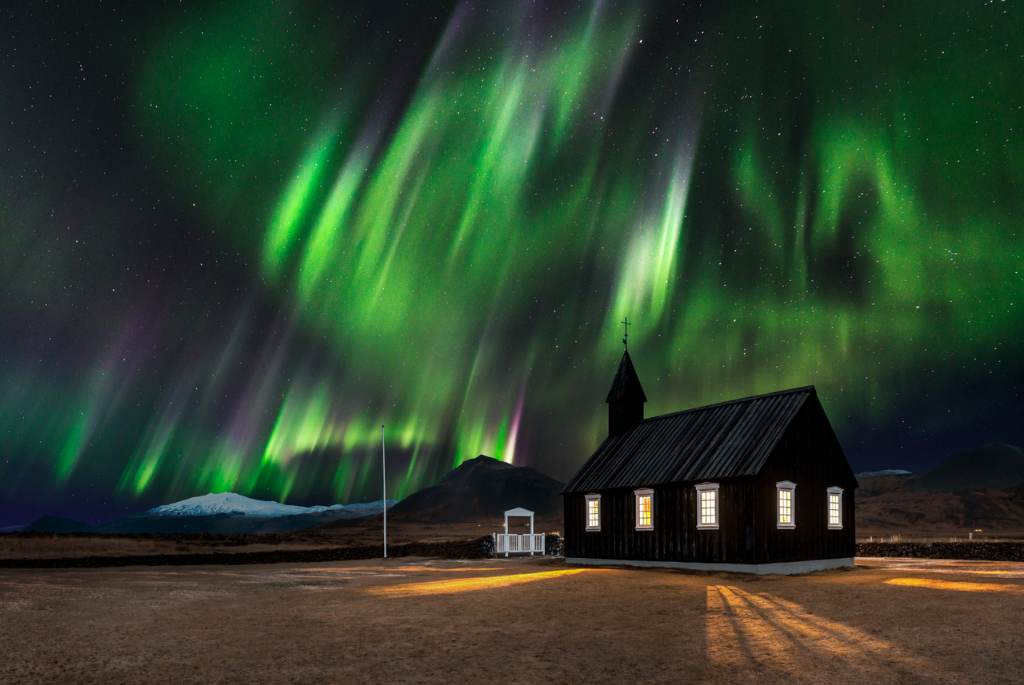
Vatnajökull National Park
Vatnajökull National Park is a nature reserve on the Golden Circle home to hiking trails, ice caves, ravines and the impressive Vatnajökull glacier.
The lesser-known location is perfect for aurora hunting because its remote location means less light pollution and better views.
Þingvellir National Park
Þingvellir (Thingvellir) National Park is famous for being the only place in the world where you can stand between two continental plates.
The lava fields, volcanoes, cliffs and waterfalls are a perfect example of Iceland’s beauty and provide a stunning backdrop for the northern lights.
Þingvellir National Park is about 50km from the capital city meaning you can easily drive from Reykjavik to see the northern lights.
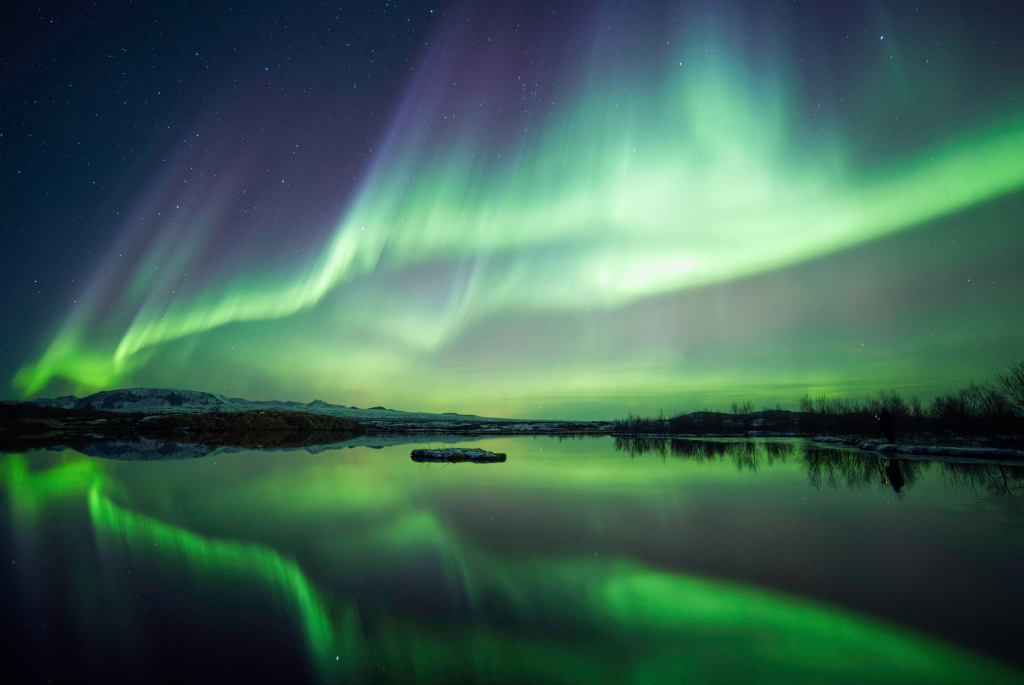
Snæfellsnes peninsula
Snæfellsnes Peninsula in West Iceland is a great place to see the northern lights. The diverse landscapes offer spectacular surroundings for the aurora borealis.
Here are some of the best places to visit in West Iceland when northern lights hunting:
- Kirkjufell mountain
- Djúpalónssandur Beach
- Snaefellsjökull glacier
Grótta Lighthouse
If you’re staying in Reykjavik, Grótta Lighthouse is a great option. It’s easy to get to and the limited light pollution makes it a popular northern lights viewing spot.
Top tips for seeing the northern lights in Iceland
Here are our top tips for increasing your chances of witnessing the northern lights in Iceland in 2024.
Use the best apps and tools to see the northern lights
As magical as the northern lights are, they’re also unpredictable.
Luckily, these tools and apps could increase your chances of seeing them:
My Aurora app– One of the best apps for aurora hunters. You will receive notifications when activity is high and the best places nearby to see the northern lights.
Aurora Forecast app- This aurora borealis forecast app allows you to plan your northern lights hunt with real-time updates about how likely you are to see them from your location. You can also view the position of the auroral oval around the Arctic Circle and features a probability indicator.
SolarHam– This tool gives you a 3-day geomagnetic forecast so you can plan your trip around the best places to see the northern lights.
Cloud cover forecast– This Icelandic Met Office tool shows cloud cover in your area and if you’re likely to see the northern lights.
Northern Lights Photo Taker app- When you do spot the aurora borealis, capture the moment with this app that’s been specifically designed to help you take the best photos of the northern lights using a smartphone.
Plan ahead
Using apps and tools to plan your northern lights hunting is helpful, but remember the aurora forecast fluctuates throughout the day.
For the most reliable reading, check your aurora forecast around 6 pm.
Be patient
The aurora borealis peak between 10 pm and 2 am when the skies are darkest. However, they do flicker in and out of visibility before then.
It’s important to be patient (and to wrap up warm!) when waiting for the aurora borealis because you might be up late.
You could also check if your hotel offers a wake-up service when the northern lights are visible to avoid a disappointingly long night waiting outside!
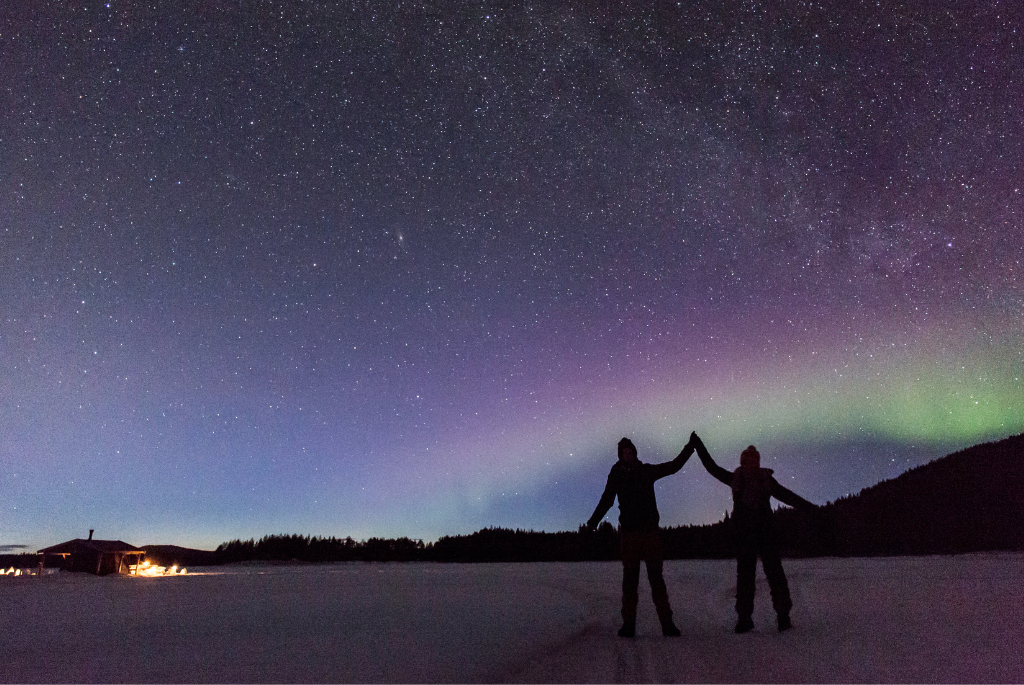
Be prepared
Taking the right equipment with you can make aurora hunting a little easier.
Here are our suggestions:
Warm clothing- temperatures drop at night so waterproofs, walking boots, and warm layers are essential
Camera- Use an SLR camera with manual focus and a remote shutter release for the best results in capturing the northern lights
Tripod- Great for capturing the best possible shot or time lapses of the aurora borealis
Torch or headlamp- If you’re heading to remote locations a torch or headlamp could be useful
Snacks- The northern lights can be unpredictable so take some snacks along while you wait!
The science behind the aurora borealis
The aurora can be seen near the poles of both the northern and southern hemispheres. In the north the display is known as the aurora borealis; in the south, it is called the aurora australis.
The lights continually fascinate and inspire humans.
But what causes the aurora borealis?
The aurora lights we see are caused by activity on the surface of the sun. Solar storms on the sun’s surface produce clouds of electrically charged particles which travel millions of miles and may eventually collide with the Earth.
Most particles are deflected away and disappear into space, but some faster travelling particles collide with the Earth’s magnetic field and accelerate towards the Earth’s magnetic poles (this is why most aurora activity is seen at the north pole and south pole).
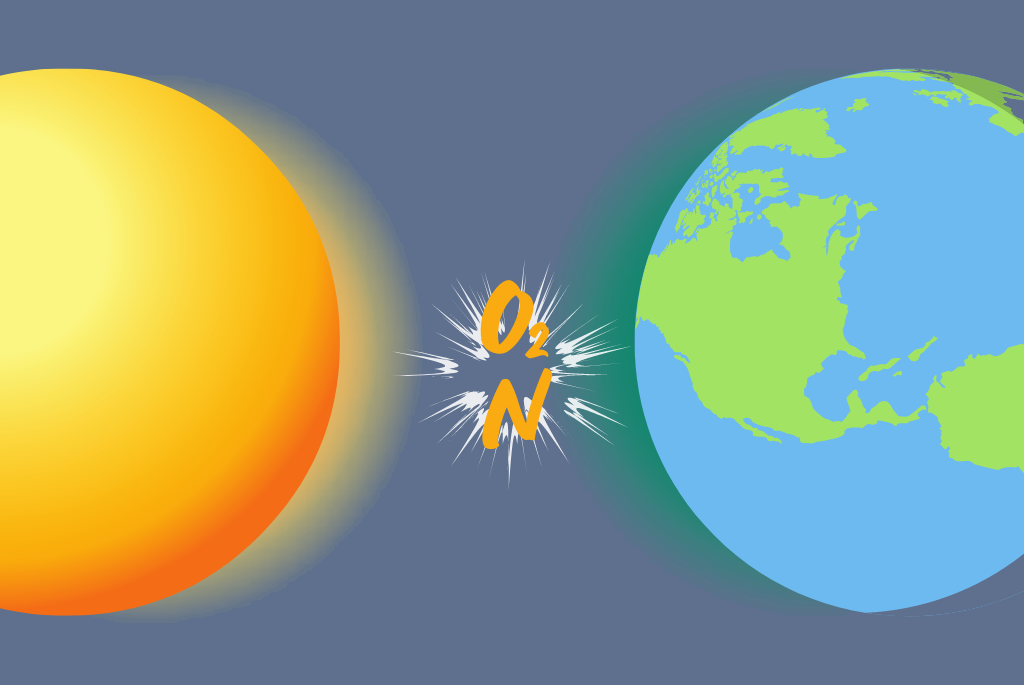
During this time, the reaction of the particles and gases happens. Atoms and molecules of oxygen and nitrogen heat up (this process is called excitation) and release a glow we know as the northern lights.
The lights dancing in the sky are caused by the force of the Earth’s magnetic field giving the northern lights their characteristic wavy patterns.
The event occurs simultaneously in the southern hemisphere causing the southern lights (aurora australis).
One of the key factors that affect the intensity of the aurora borealis is solar activity.
The sun goes through an 11-year cycle of solar maximum and solar minimum. During the solar maximum there is heightened solar activity which often leads to stronger and more regular displays of the aurora.
The exciting news is that scientists predict a solar maximum in 2024. So, if seeing the aurora is on your bucket list, your chances are massively increased this year!
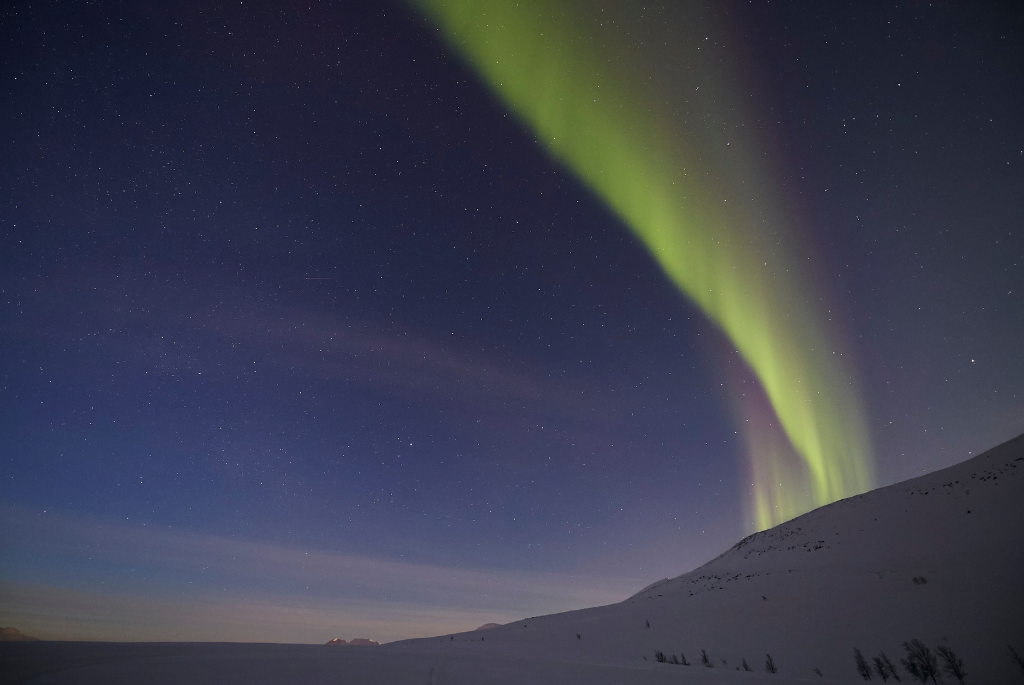
Here are some shots of the northern lights from our school trips!
